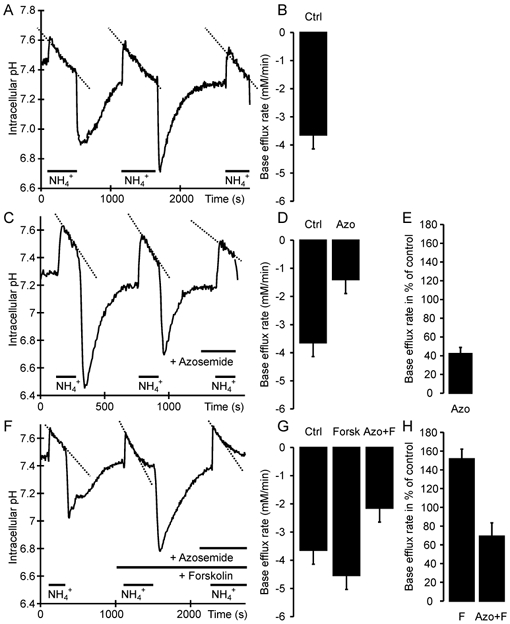Figure 4. NKCC1 activity in colonic crypts, measured as the azosemide-sensitive fraction of pHi recovery from a NH3/NH4+ load.

A, C and F, time course of changes in pHi; B, D and G, corresponding base efflux rates; E and H, relative NKCC1 activity. After demonstrating equal base efflux rates during multiple NH4+ pulses (A, B; -3.65 ± 0.5 mm min−1), NKCC1 activity was measured using azosemide, which decreased the ΔpHi/Δt (C) and the flux rate (D; -1.4 ± 0.3 mm min−1). Cotransport activity is expressed as a percentage of the initial flux(es) in each experiment as an internal control, to better standardize the results (E; 42 ± 7 %). When stimulated, the total and azosemide-sensitive ΔpHi/Δt (F) as well as the base efflux rates (G; -4.54 ± 0.67 and -2.15 ± 0.45 mm min−1) and the relative NKCC1 activity (H; 70 ± 14 %) was higher (Ctrl = control, Azo = azosemide, F/Forsk = forskolin; n = 8–10 crypts from 5–7 mice).
